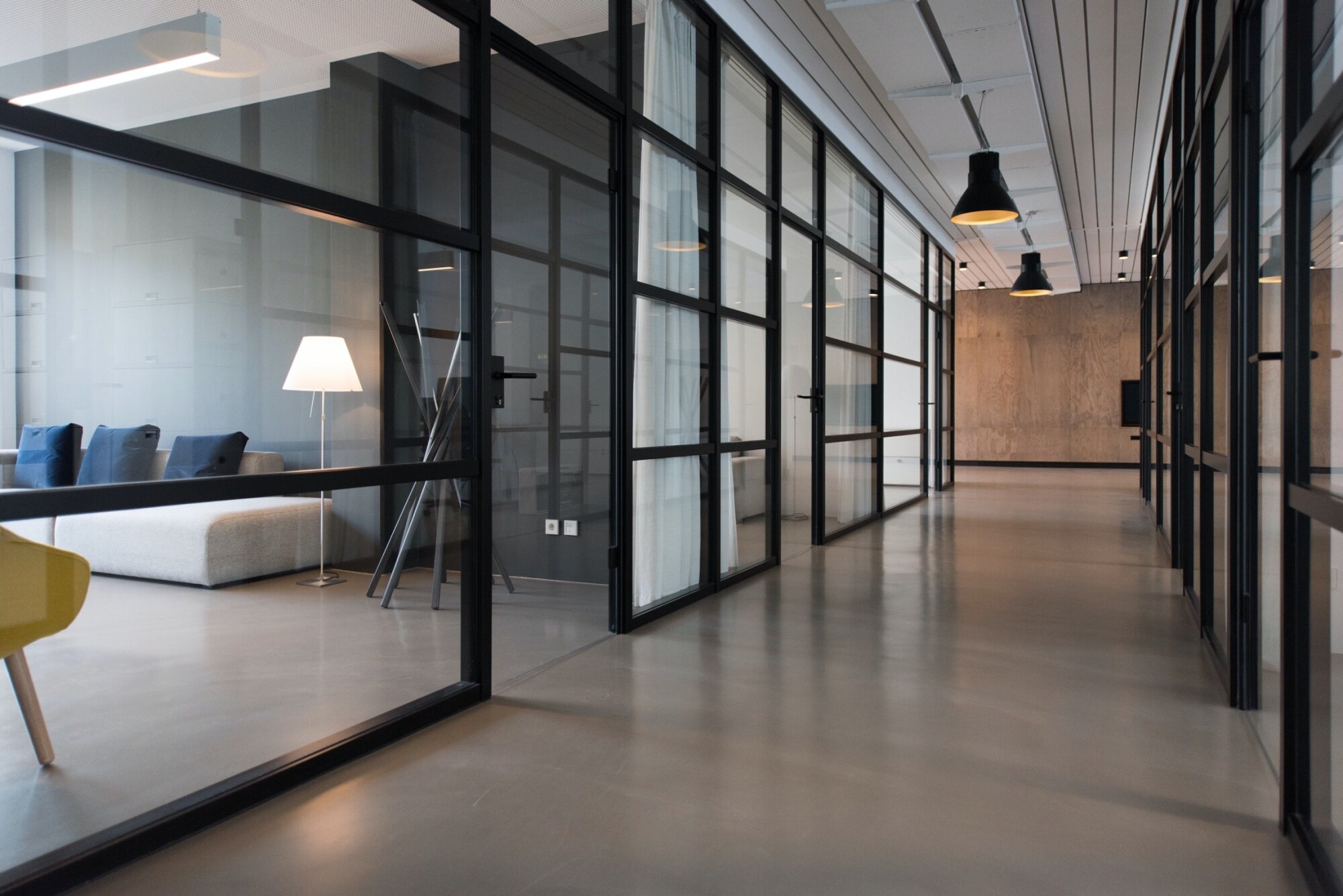Charlotte and the surrounding areas are booming as more businesses and people move here to take advantage of the city's favorable cost of living, low unemployment, and burgeoning GDP.
All the above makes nearby Pineville an excellent option for property investors ready to benefit from the city's economic success. If you're one of the above, now's the time to invest before property prices catch up with regional growth.
You can't make money off a commercial property without completing your due diligence, and the first step in this process is determining the value of the property.
Read on to learn about the six approaches to calculating a commercial property valuation.
1. Sales Comparison or Market Approach
This commercial property appraisal method relies on recent sales data to compare your building to similar properties nearby. It's possible to estimate a fair market value based on this information.
Due to the diversity of commercial properties, it's often difficult to find recently sold properties that closely match the building you're considering.
2. Cost-Based Method
This valuation method calculates how much it would cost to rebuild a structure from the ground up. It's based on the following expenses:
- Land value
- Construction materials
- Labor
- Taxes
- Depreciation
A cost approach is most often applied when it's challenging to find appropriate comparables.
3. Income Capitalization
The income capitalization method hinges on how much income an investor can expect to earn from a property. The projected figure comes from area comps as well as predicted vacancy rates and declining maintenance costs.
4. Value per Gross Rent Multiplier
The GRM (gross rent multiplier) comes from dividing the price of a property by its gross income. For instance, a $500,000 property that generates $70,000 in rent has a GRM of 7.14.
A low GRM is best as it suggests the property will pay for itself sooner, provided you manage your leases effectively. This formula works well to justify the price of a property relative to its potential earnings.
5. Value per Door
These real estate valuation methods are often used when evaluating an industrial complex, apartment building, or retail shopping center. These calculations involve dividing the building's sale price by the number of units it includes.
So, a building with ten units and a price tag of $4 million would be valued at $400,000 per door. This method does not consider the size of each unit, which can impact your future lease agreements and rent charges.
6. Cost per Rentable Square Foot
Rentable square footage calculations take things a little further than GRM does. This method adds up the usable square footage, including all the common areas tenants use.
In this way, you can evaluate the building by extrapolating the cost per rentable square foot compared with the average lease cost.
What Comes After Commercial Property Valuation?
Once you've calculated a commercial property valuation, the best way to put this knowledge to good use is by hiring a property management company.
PMI Charlotte Metro can help you maximize the potential and value of your commercial property. We have years of experience setting up profitable rents, managing tenants, and taking care of commercial property maintenance.
Get in touch to experience the convenience of working with Pineville's foremost commercial property experts.
 Veteran Owned & Operated!
Veteran Owned & Operated!

